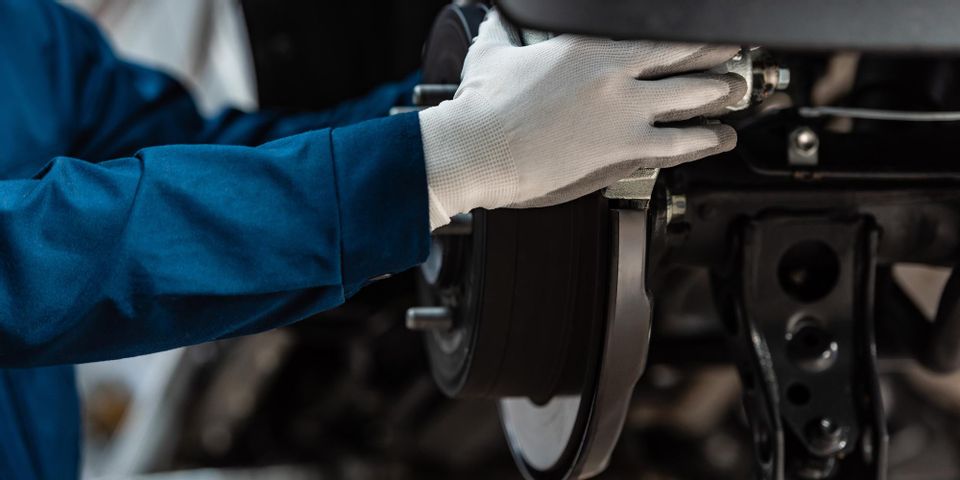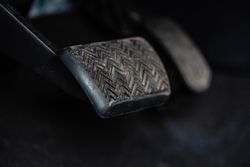
When it comes to auto maintenance, few systems are more important than your brakes. Following the service recommendations are essential for your safety, as well as that of others on the road. By understanding your braking system’s auto maintenance needs, you will keep everything working smoothly and safely.
Common Questions About Brake Maintenance
What is looked at during a brake inspection?
During this auto maintenance checkup, vehicle technicians check the entire braking system for signs of excess wear and tear. This includes the pads, calipers, rotors, hoses and seals, and even parking brake cables.
The fluid condition will also be checked to ensure there aren’t any contaminants that would affect braking performance.
How often should brake pads be replaced?
The life span of your brake pads will depend on their materials (such as ceramic or semi-metallic brake pads), and even your personal driving habits. Those who drive in heavy traffic or hilly conditions tend to experience faster brake wear because they use the component more often.
 Generally speaking, most brake pads are expected to last between 30,000 to 70,000 miles. If you drive roughly 15,000 miles per year, you should have the brake pads inspected after two years and expect to replace them after four. A failure to change the brake pads could increase your stopping time, which could make you more likely to get in an accident.
Generally speaking, most brake pads are expected to last between 30,000 to 70,000 miles. If you drive roughly 15,000 miles per year, you should have the brake pads inspected after two years and expect to replace them after four. A failure to change the brake pads could increase your stopping time, which could make you more likely to get in an accident.
Why is it important to ‘turn’ brake rotors?
Over time, your brake rotors can become slightly warped due to uneven wear. This can hurt the performance of your brakes.
To address this issue, technicians will “turn” or resurface the component by shaving off part of the rotor, resulting in an even surface. Because the rotors are very thin, however, most can only be “turned” a few times before they will need to be replaced.
What are the signs that something is wrong with my brakes?
Common signs that something is wrong include a screeching or grinding noise when applying the brakes (a sign of brake pad wear), a spongy brake pedal (caused by air in the brake lines), and rumbling or pulling to one side during braking (the result of stuck brake calipers).
Bring your vehicle in for an inspection so a technician can inspect each braking system component to determine what repairs or part replacements are necessary.
For brakes and other auto maintenance needs, you can trust Jim's Auto Clinic in Cincinnati, OH. In business since 1971, their ASE®-certified technicians can work with almost any make and model, and pride themselves on always getting the job done right. To learn more about their automotive services, visit them online or call (513) 662-6696.
About the Business
Have a question? Ask the experts!
Send your question

